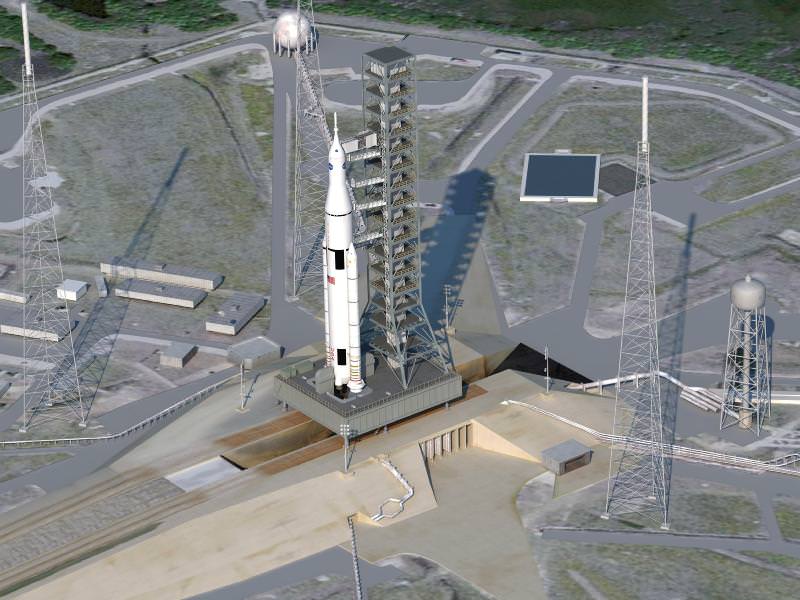[/caption]
NASA has officially unveiled the plan for their next large-scale rocket: the Space Launch System, or SLS, will provide heavy-lift capabilities for cargo and spacecraft to go beyond low-Earth orbit and is proposed as a safe, sustainable and efficient way to open up the next chapter in US space exploration.
SLS is designed to carry the
Orion Multi-Purpose Crew Module
, NASA's next-generation human spaceflight vehicle that is specifically designed for long-duration missions. (Construction of the first space-bound MPCV began last week on September 9.)
Utilizing a modular design that can accommodate varying mission needs, SLS will also be able to provide service to the International Space Station.
– NASA Administrator Charles Bolden
SLS will have an initial lift capacity of over 70 metric tons – about 154,000 pounds (70,000 kg). That's three times the lift capability of the space shuttles! In the event of a Mars mission that can be upgraded to 130 metric tons – about the weight of 75 SUVs.
[caption id="attachment_88948" align="alignright" width="177" caption="Artist image of SLS launch. Credit: NASA"]
[/caption]
The first developmental flight is targeted for the end of 2017.
SLS will be the first exploration-class vehicle since the giant
Saturn V
rockets that carried the Apollo astronauts to the Moon. Using rocket technology developed during the shuttle era and modified for the canceled Constellation program, combined with cutting-edge manufacturing processes, SLS will expand the boundaries of human spaceflight and extend our reach into the solar system.
"This launch system will create good-paying American jobs, ensure continued U.S. leadership in space, and inspire millions around the world," NASA Administrator Charles Bolden said. "President Obama challenged us to be bold and dream big, and that's exactly what we are doing at NASA. While I was proud to fly on the space shuttle, tomorrow's explorers will now dream of one day walking on Mars."
Read the NASA news release here.
(And check out this
"Fun Facts"
sheet on SLS.)
 Universe Today
Universe Today
